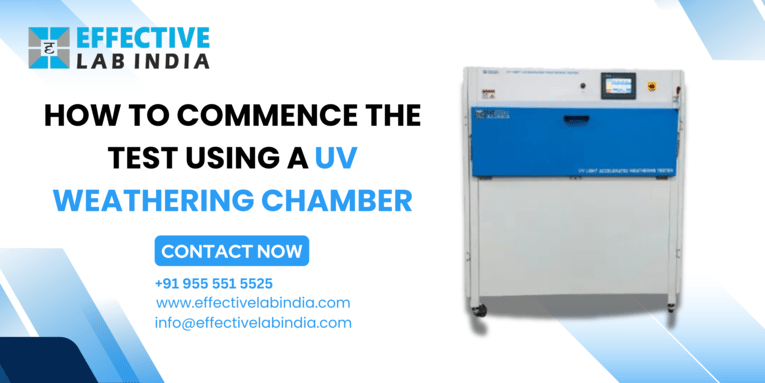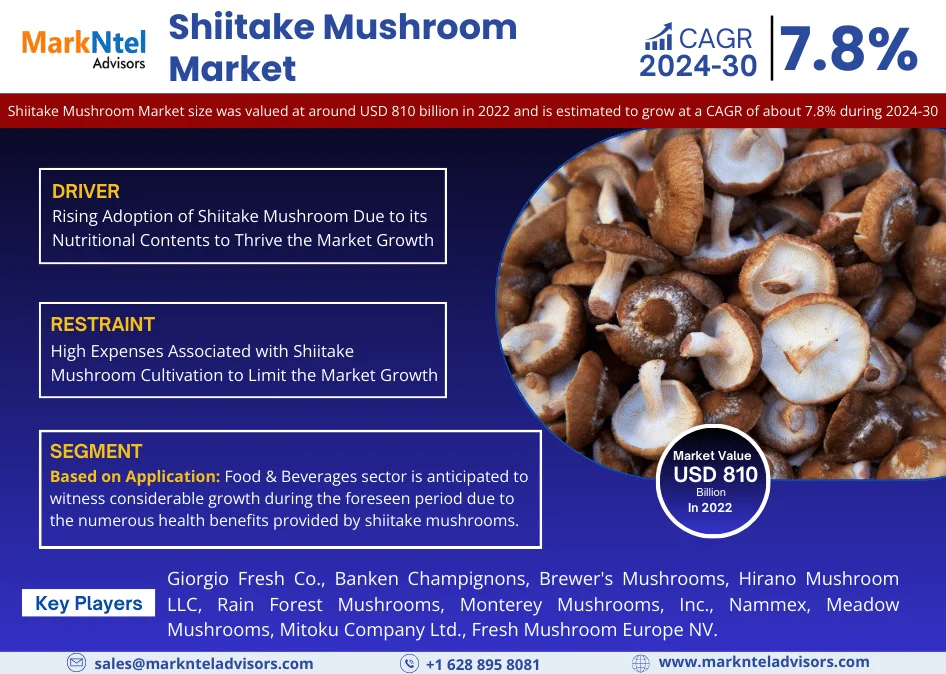The Ultimate Guide to Ozone Aging Test Chambers

In material testing, ensuring the longevity and durability of products is paramount. One critical aspect of this testing is evaluating how materials withstand environmental factors over time. This is where the ozone aging test chamber comes into play. In this comprehensive guide, we’ll explore everything you need to know about ozone aging test chambers, their importance, applications, and how they work.
What is an Ozone Aging Test Chamber?
An ozone test chamber is a specialized piece of equipment designed to simulate the effects of ozone on various materials. Ozone, a triatomic molecule consisting of three oxygen atoms, is a potent oxidizing agent found in the earth’s atmosphere. While beneficial in the upper atmosphere for blocking harmful UV rays, at ground level, ozone can cause significant degradation to materials such as rubber, plastics, and coatings.
Importance of Ozone Aging Testing
Materials exposed to ozone over time can experience cracking, loss of elasticity, and overall deterioration. This is especially concerning for industries relying on the longevity and durability of materials, such as automotive, aerospace, construction, and consumer goods. Ozone test chamber manufacturer:
- Ensure Product Durability: By simulating long-term exposure to ozone, manufacturers can predict how their products will perform over time.
- Enhance Product Quality: Identifying potential weaknesses allows for improvements in material formulation and product design.
- Meet Industry Standards: Many industries have specific standards and regulations regarding ozone resistance, and testing ensures compliance.
How Does an Ozone Aging Test Chamber Work?
Ozone test chambers create a controlled environment where materials are exposed to specific concentrations of ozone. Here’s a step-by-step look at how these chambers operate:
- Sample Placement: The material samples to be tested are placed inside the chamber.
- Ozone Generation: The chamber generates ozone at a specified concentration, typically ranging from 10 to 500 parts per hundred million (pphm).
- Temperature and Humidity Control: The chamber maintains precise temperature and humidity levels to simulate real-world conditions.
- Exposure Period: Samples are exposed to ozone for a predetermined period, which can vary based on the material and the test standards.
- Evaluation: After exposure, the samples are evaluated for signs of degradation, such as cracking, discoloration, or loss of tensile strength.
Applications of Ozone Aging Test Chambers
Ozone test chambers are used across various industries to ensure material performance and longevity. Key applications include:
- Automotive Industry: Testing rubber components like tires, seals, and hoses to ensure they withstand ozone exposure.
- Aerospace Industry: Evaluating the durability of rubber seals, gaskets, and other components used in aircraft.
- Construction: Ensuring roofing materials, sealants, and coatings resist ozone-induced degradation.
- Consumer Goods: Testing household products like rubber gloves, balloons, and elastic bands.
Choosing the Right Ozone Aging Test Chamber
When selecting an ozone aging test chamber, consider the following factors:
- Chamber Size: Choose a chamber size that accommodates your sample dimensions and testing volume.
- Ozone Concentration Range: Ensure the chamber can generate the required ozone concentration for your specific testing needs.
- Control and Monitoring: Look for chambers with precise control over temperature, humidity, and ozone concentration, along with advanced monitoring capabilities.
- Compliance: Ensure the chamber meets relevant industry standards, such as ASTM, ISO, and other regulatory requirements.
Ozone aging test chambers are indispensable tools for ensuring the durability and reliability of materials exposed to ozone. By simulating real-world conditions, these chambers help manufacturers improve product quality, comply with industry standards, and ultimately, deliver products that stand the test of time. Whether you’re in the automotive, aerospace, construction, or consumer goods industry, investing in a high-quality ozone aging test chamber is a step toward guaranteeing the longevity and performance of your products.
The Main feature of the Ozone Aging test chamber
Ozone Chamber is powered by a quiet and effective ozone generator that produces ozone gas, along with a certain volume of processed air. The mixture is then inserted into the chamber via a switch, and a continuous line (UV detector) measures the concentration of ozone. The ozone generator provides feedback to the systems, which adjusts system settings based on the occurrence of effective ozone control, maintaining the proper concentration of work by heating humidification systems to satisfy all test requirements.
Features and Structure of Ozone Aging Test Chamber
1: Stainless steel plate of Superior quality mirror stainless steel plate is imported and used as internal material.
2: Stainless steel with paint spray is used as the external material.
3: High-density glass fibre is used as the insulating material
4: To force vertical air circulation, manufacturers use long axial fan motors and temperature-resistant aluminium alloy wing-type wind turbines.
5: The chamber door uses a double layer of silicone sealant that is resistant to high and low temperatures to ensure an airtight test area.
6: The chamber bottom features a fixed foot cup and a premium universal wheel.
7: Tempered glass with multiple layers is used in observation windows.
8: An exhaust system is used to remove the high concentration of ozone in the test chamber to prevent poisoning.








